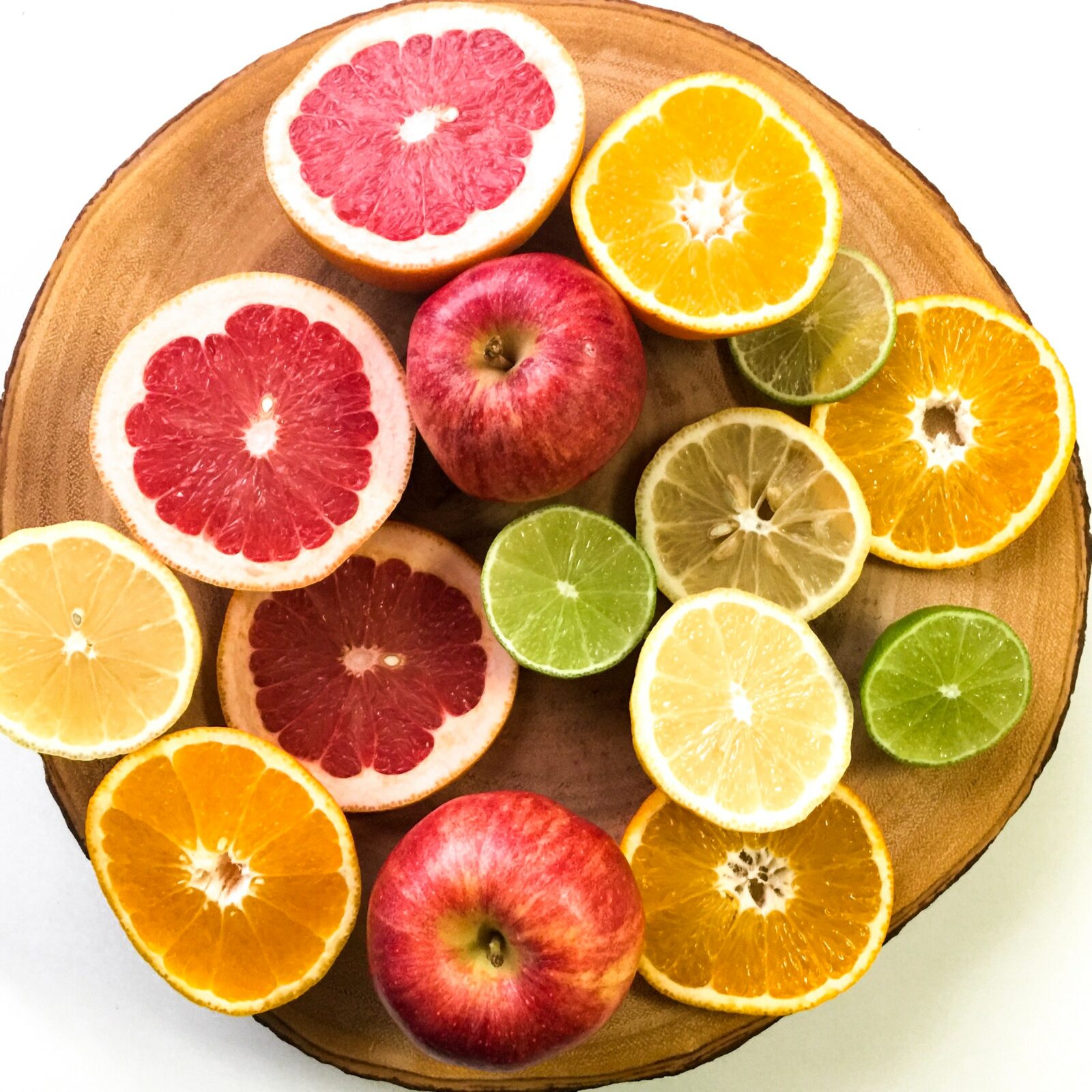
Flavonoids are phenolic substances found widely in fruits and vegetables. They provide antioxidant properties that protect your cells from free radical damage. One of the most widely known and studied flavonoids is quercetin, which is found in apples, capers. grapes, broccoli, citrus fruits, berries, and onions.
Quercetin is a Potent Antioxidant
As a potent antioxidant, quercetin offers anti-hypertensive, anti-inflammatory, anti-atherosclerotic, and anti-obesity actions. Because free radicals play a role in the development of diseases, quercetin has the potential to help with issues like vascular disorders, high blood pressure, and metabolic syndrome.
Quercetin as an Anti-Diabetes Aid
The development of type 2 diabetes has been linked to oxidant stress resulting from a poor diet. Foods rich in quercetin may reduce the risk of diabetes by lowering oxidative stress in the liver.
Quercetin has shown to help the liver and kidneys of obese animal models with type 2 diabetes in studies. Combined with quinic acid, quercetin helped alleviate hyperlipidemia, hyperglycemia, and insulin resistance in diabetic rats.
A topical compound containing substances including quercetin, vitamin D3, and ascorbyl palmitate, helped reduce the oxidative stress linked to peripheral diabetic neuropathy. A preliminary study in 2005 showed that the compound may safely relieve the symptoms of diabetic neuropathy and enhance the quality of life.
Members Only Content
To continue reading please subscribe to WellnessPlus by Dr. Jess MD
Be your own best doctor with our comprehensive suite of online health coaching tools.
